When winter arrives, vehicle owners face unique challenges. Freezing temperatures, snow, ice, and road grit can all take a toll on your car if you’re not properly prepared.
That’s why knowing how to take care of your car in the winter is crucial for any driver.
Proper winterization is essential to ensure reliable operation, maintain safety, and protect your investment.
By learning how to take care of your car in winter, you can navigate the cold months with confidence and avoid costly repairs.
In this guide, we’ll explore ten indispensable tips to prepare your vehicle for winter travel.
These strategies will help you tackle the harsh conditions head-on and keep your car running smoothly throughout the season.
Whether you’re a seasoned driver or facing your first winter behind the wheel, these insights on how to take care of your car in the winter will prove invaluable.
Contents
Prepare for the winter season
As winter approaches, it is critical to prepare your vehicle for the severe weather conditions that are on the horizon.
Appropriate preparation can prevent breakdowns, accidents, and excessive wear and strain on your vehicle.
To ensure your vehicle is ready for winter, follow these procedures strictly:
Special Instruments: A snow brush or ice scraper is a necessary tool for the purpose of removing snow and ice from your vehicle’s windows, mirrors, and lights.
This tool has a brush on one end and a durable ice scraper on the other.
Select an item that features an extendable handle that can effortlessly access the entire windshield.
Jumper cables are common during the winter season because of the extra strain that frigid temperatures place on them, resulting in dead batteries.
In the event that a jump start is required, it is essential to have jumper cables on hand.
In the event that your wheels become ensnared in snow or ice, it is advisable to keep a sack of cat litter or sand in your trunk to provide traction.
Spread some under the drive axles to assist in regaining traction.
1. Transition to Winter-Grade Oil
As temperatures drop, motor oil’s lubricating capacity diminishes, making engine operation more challenging.
Transitioning to a lower-viscosity, winter-grade oil, as indicated in your owner’s manual, ensures proper lubrication and protects critical engine components from excessive wear.
In the winter, numerous automobile manufacturers advise consumers to transition to 5W or 0W oil.
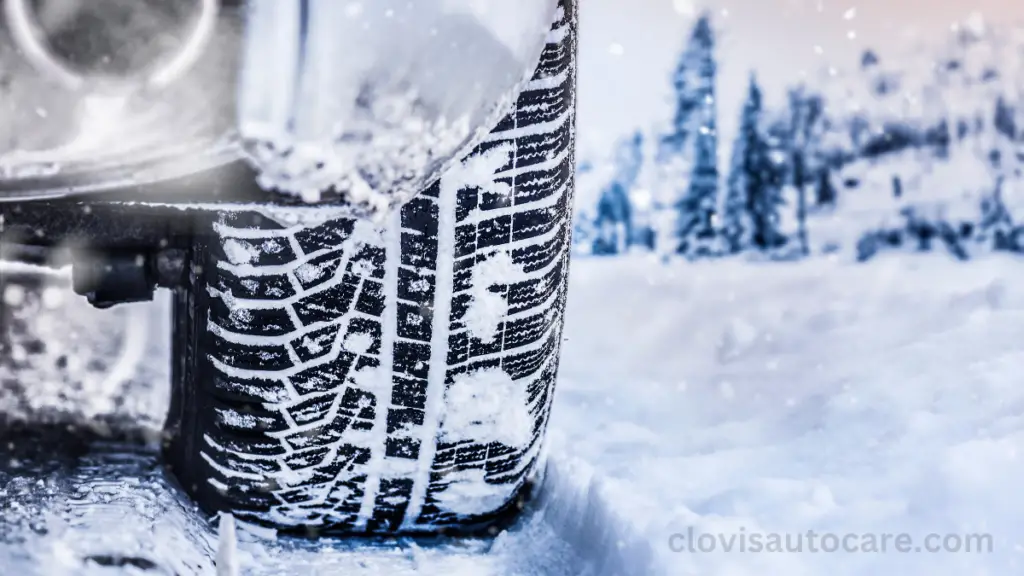
2. Inspect the tread depth and pressure of the tires
Proper tire inflation and sufficient tire tread depth (at least 6/32″) are essential for sustaining traction on winter roads that are slick. The profundity of the tread enhances the grip.
It is important to check the pressure of your tires on a regular basis, as air pressure loss is more rapid in colder temperatures.
For better traction and handling on ice and snow, it is advisable to purchase a set of superior-quality winter tires.
3. Ensure clear visibility
Replace your worn wiper blades with winter-specific ones that feature a rubber covering to withstand freezing and splitting in extreme cold.
High-quality winter wiper blades assist in preventing snow and ice accumulation on your windshield.
To prevent the reservoir and lines from icing, it is recommended that you use a winter windshield washer fluid that is rated for low temperatures.
Ensure that all exterior lamps are clean and functioning properly to enhance safety and visibility.
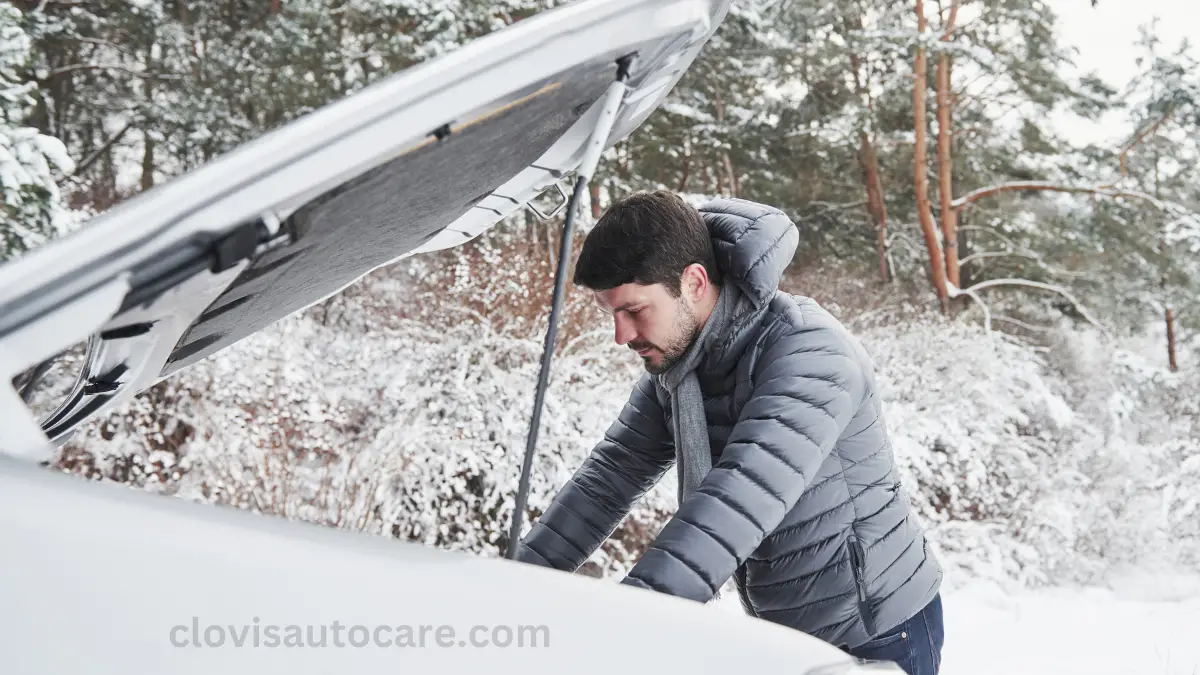
Cold winters can be tough, especially when your car’s battery has had enough. Keep it healthy, keep it bright, and drive with confidence through the winter night.
4. Charge and test your battery
Automotive batteries are particularly susceptible to the effects of cold weather.
You should test and replace your battery if it is more than three years old or showing signs of weakness, such as delayed engine cranking or dim headlights.
A feeble battery may prevent the engine from starting on cold winter mornings.
To ensure that the vehicle remains fully charged during extended periods of idleness, it may be beneficial to employ a battery tender or trickle charger.
5. Flush and Check Coolant
Prevent freezing and corrosion by ensuring that your engine’s coolant contains the appropriate ratio of water and antifreeze.
For winter conditions, the majority of automobile manufacturers suggest a 50/50 mixture of distilled water and coolant.
It is advisable to cleanse the system and replace the coolant every few years in accordance with the maintenance schedule, as fluid can become acidic and lose its anti-corrosive properties over time.
6. Inspect brakes
Reliable brakes are crucial in the winter when snow and ice coat the roads. Inspect the brake pads and rotors for signs of deterioration and replace them if they fall short of the minimum requirements.
Monitor the brake fluid levels and refill them as necessary. It is advisable to have a professional inspect the brake system prior to the onset of winter.
7. Prevent rust and corrosion
The application of road salt to winter roadways significantly harms the undercarriage, suspension, and body panels of a vehicle.
Regular washing facilitates the removal of accumulated salt and water from the underside of your vehicle, thereby reducing the rate of corrosion.
Additionally, applying a rust-inhibiting treatment, such as an oil-based aerosol, provides substantial protection.
8. Verify the heater, defroster, and wipers are functioning properly.
There’s nothing more distressing than entering a frigid vehicle during the winter season only to discover that the heating is emitting frigid air.
Make certain that your vehicle’s heating, defrosting, and wiper systems are entirely operational prior to the arrival of winter weather.
In order to preserve the interior’s warmth and visibility, it is necessary to replace any malfunctioning components.

9. Prepare a Winter Emergency Kit
Outfit your vehicle with a winter emergency kit specifically designed to endure unforeseen circumstances. Include essential products, including:
Ice scraper or snow broom
Jumper connections
Sand or cat litter (for traction)
Blankets that are warm
Water and non-perishable treats
Batteries and flashlights
The first medical kit
Hand warmers folding shovel
Tow harness
Having these supplies on hand can significantly enhance your situation if you find yourself isolated or trapped in the winter.
Each season, it is imperative to conduct a routine inventory check and replenish materials.
10. Refer to your vehicle’s owner’s manual for any additional manufacturer-specific winter preparation recommendations.
To ensure correct winterization, different makes and models may require specialized tools or unique procedures to ensure proper winterization.
Following these guidelines is essential for optimizing your vehicle’s cold-weather performance and safety.
By adhering to both general and manufacturer-specific advice, you’ll be well-equipped to handle whatever winter throws your way, ensuring your vehicle remains in top condition.
Advice on winter driving
In addition to winterizing your vehicle, it is equally important to modify your driving strategies for winter conditions in order to prevent accidents and maintain control.
Increase your following distances and drive at a leisurely pace; it takes significantly longer to come to a complete stop on snow and ice.
Maintain traction by steadily accelerating and decelerating. Slides may result from abrupt movements.
When roads are icy, snow-covered, or damp, it is not advisable to operate cruise control.
When descending terrain in lower gear, use engine braking to reduce the need for brakes.
Steer clear of sudden steering wheel movements or abrupt deceleration, as they may induce a skid
Ensure that the windows are completely defrosted and free of any accumulation of snow or ice.
To prevent the fuel line from freezing, it is crucial to maintain the gas canister at a minimum of half capacity.
Maintain your preparedness.
By adhering to prudent winter driving practices and properly winterizing your vehicle, you can optimize your vehicle’s dependability and safety during the frigid weather months.
It is advisable to complete these winter car care measures in advance rather than waiting until the first snowfall.
Drive with caution on winter roads, and ensure that you are adequately equipped.
With the proper preventative maintenance and supplies in place, you will be prepared to face any winter challenges that may arise.
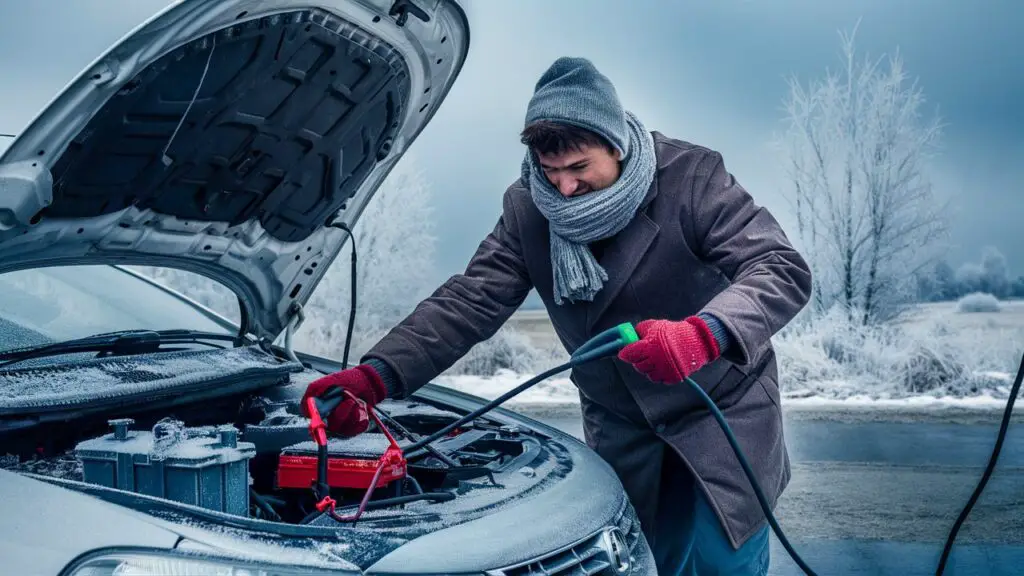
conclusion
Taking care of your car in the winter is crucial for ensuring its longevity and reliability.
By following these 10 essential tips, you can protect your vehicle from the harsh effects of cold weather and keep it running smoothly.
Regular maintenance, proper tire care, and using the right fluids are just a few steps that can make a significant difference.
Stay proactive and prepared for winter driving conditions, and your car will thank you for dependable performance throughout the season.
Keep these tips in mind, and enjoy a safe and worry-free winter on the road.
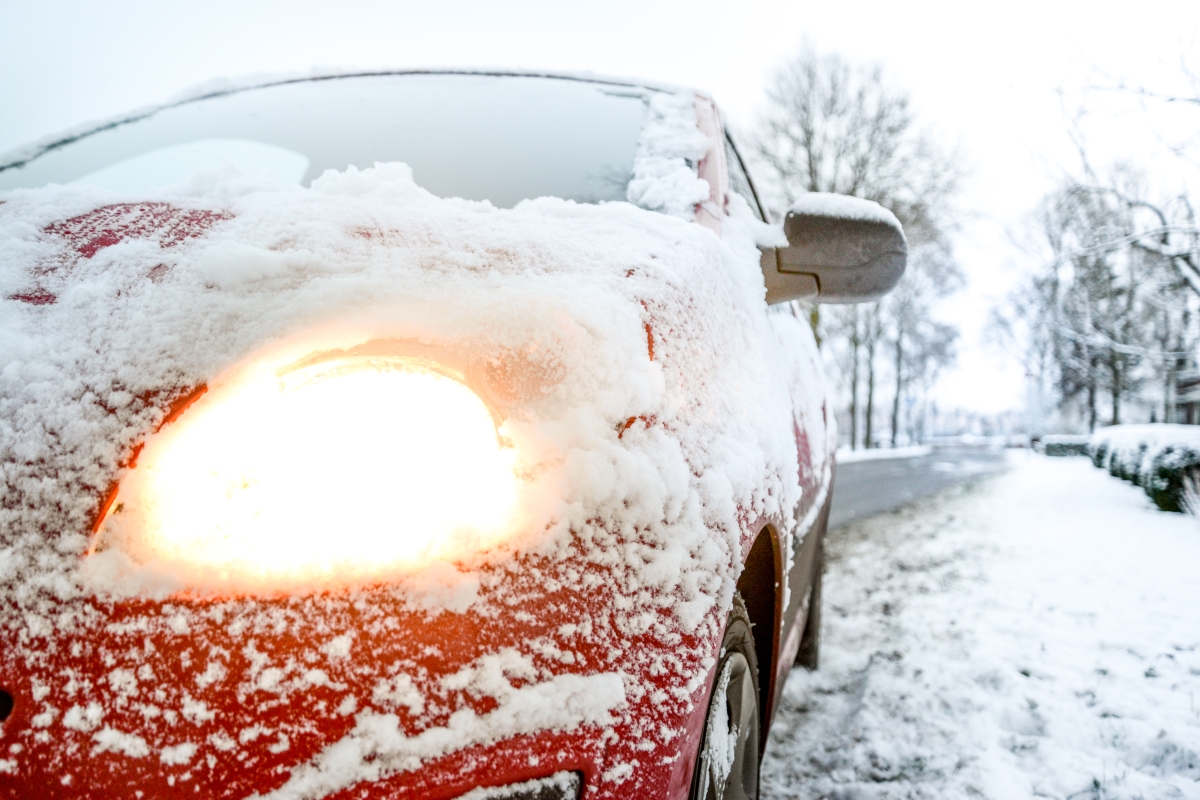

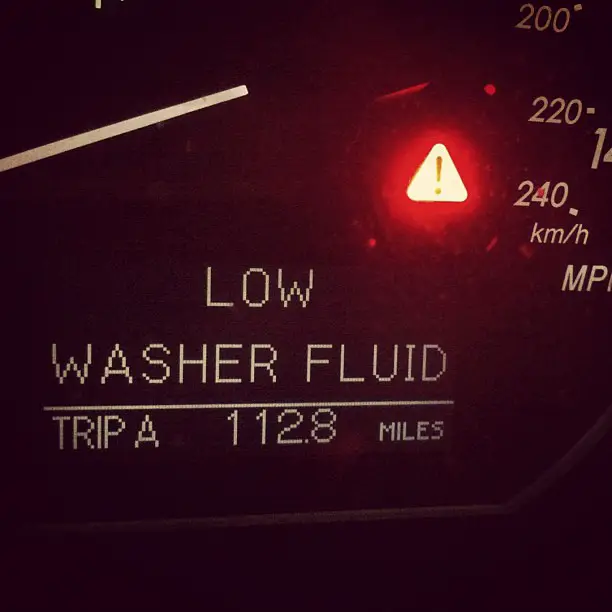
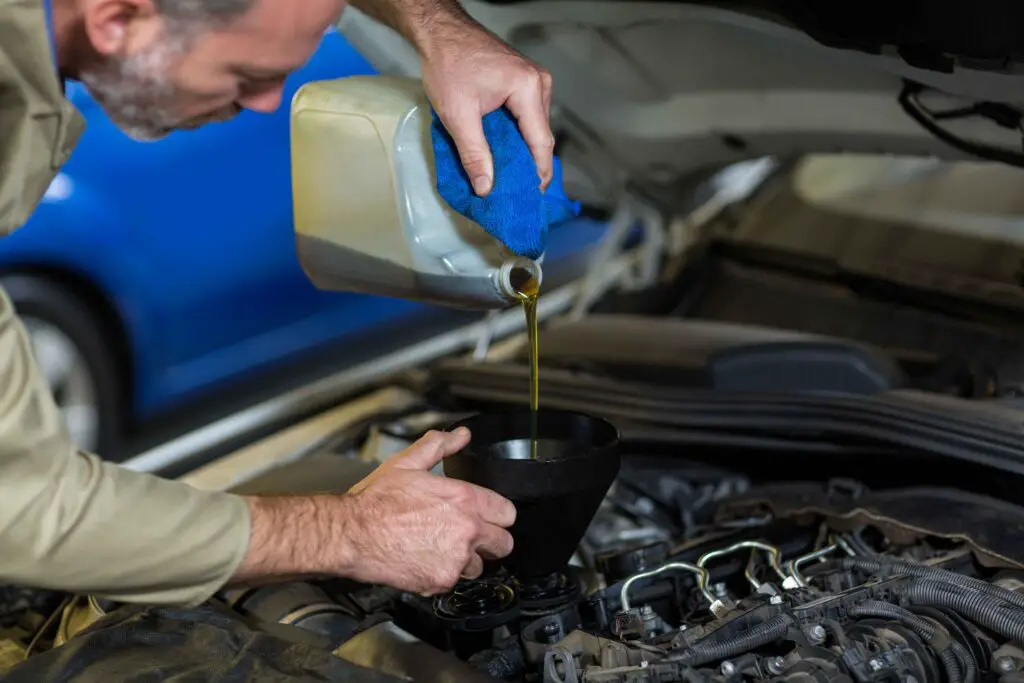
Leave a Reply